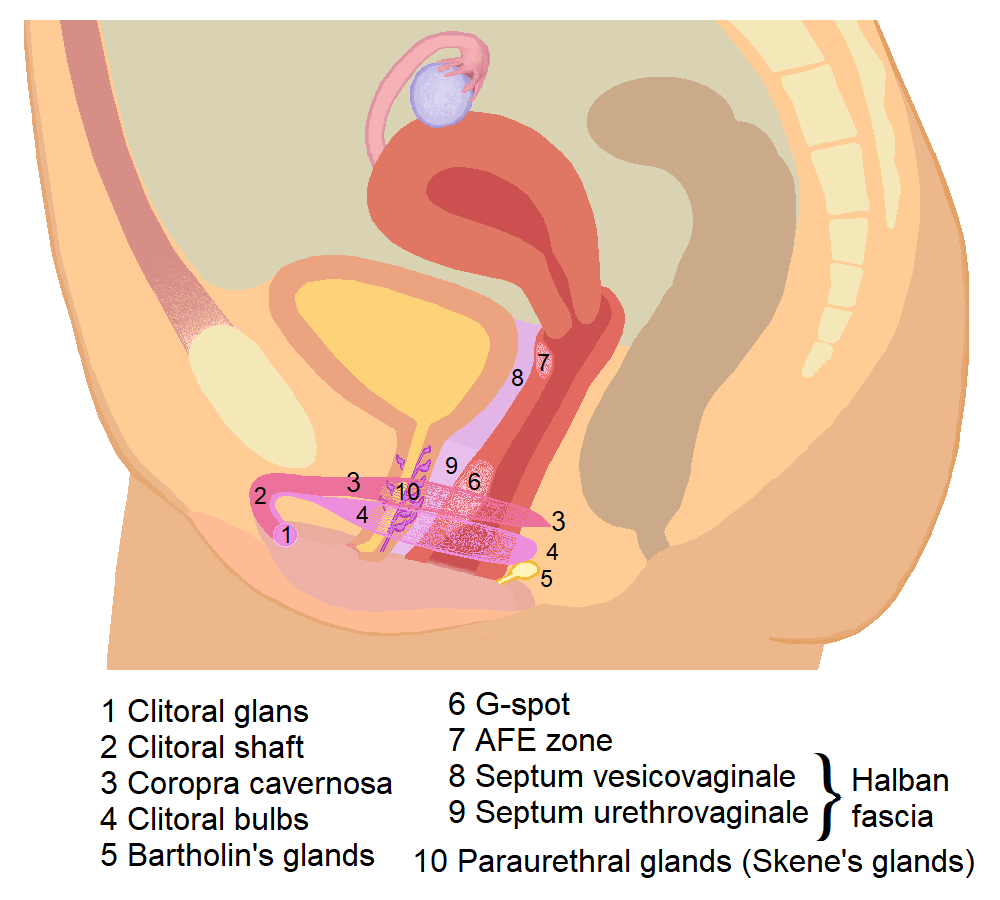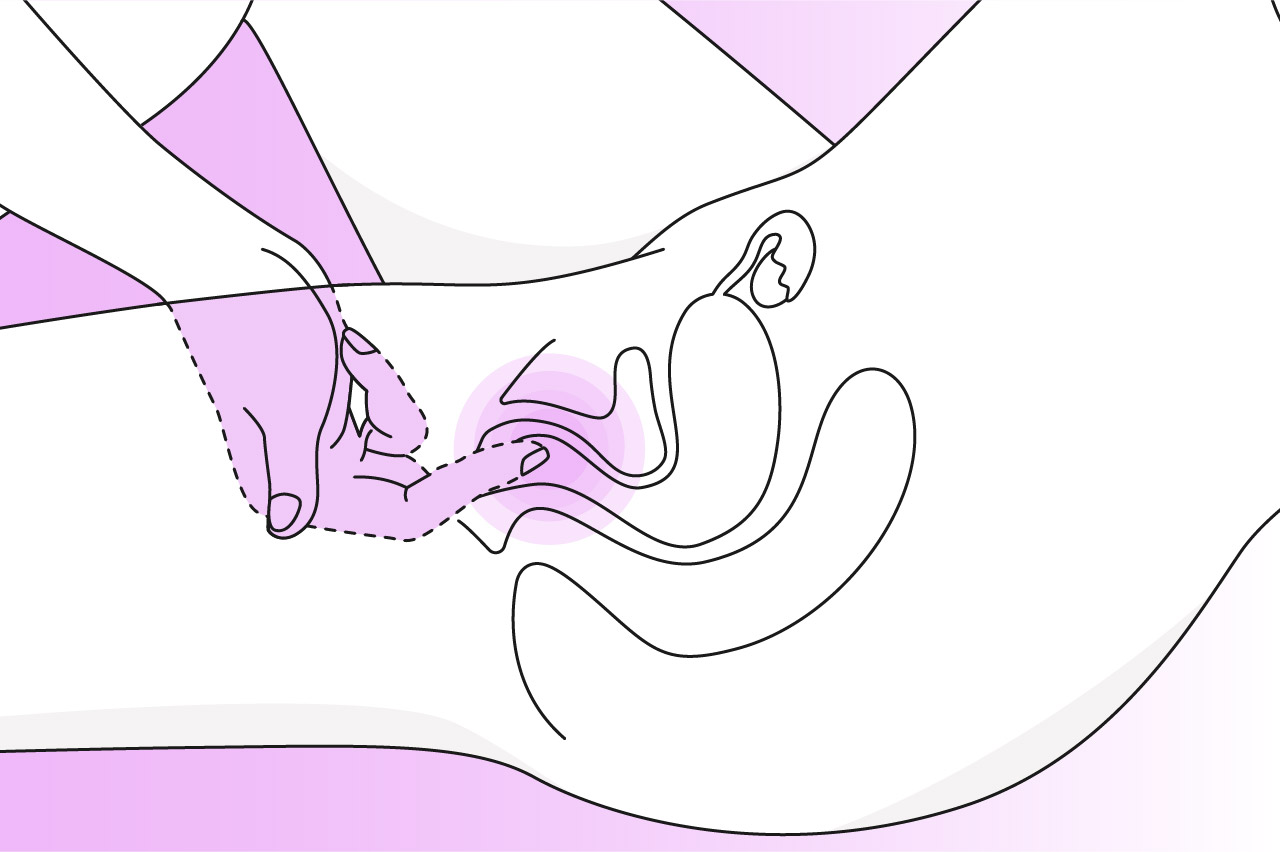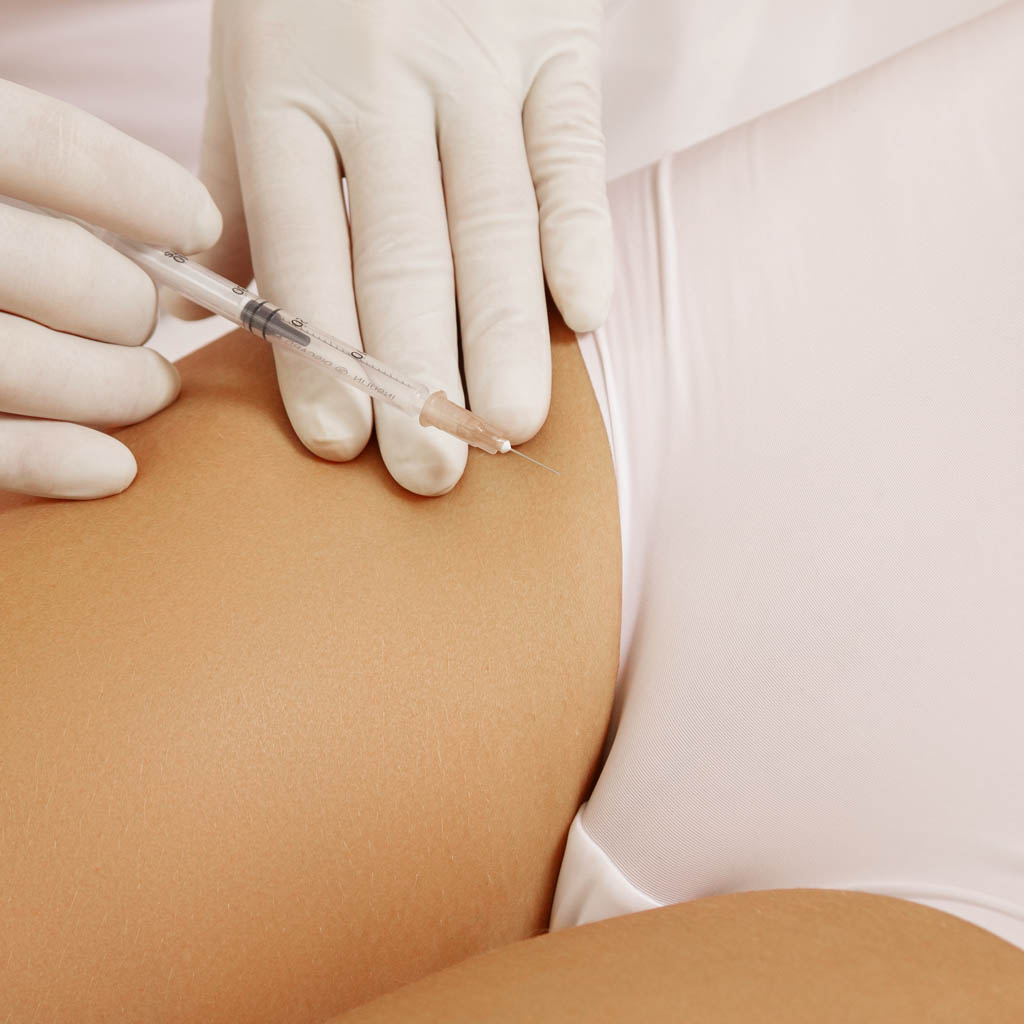Let’s be real for a second—how many times have you heard someone say they “found the G spot” like it’s some kind of treasure?
Maybe you’ve even looked it up late at night, fingers on your phone (and maybe somewhere else), wondering: “Is this thing even real? And if it is… where is the G spot?”
You’re not alone. I’ve been there—curious, confused, half-laughing because the whole idea feels a little mythical. But here’s the thing: whether or not it’s “real” in the way movies say, a lot of people do feel something when that area gets touched.
So what gives?
The answer isn’t a simple “yes” or “no.” It’s more like… “kind of, but also, it’s complicated.”
And that’s what we’re going to unpack together—no pressure, no judgment, just honest, science-backed, real-talk about where the G spot is, how to find it (if you want to), and why it might feel amazing for some—and blah for others. Spoiler: both are totally normal.
What is The G Spot?

First, let’s clear up the biggest myth: the G spot isn’t a single, distinct organ like your liver or your elbow. Nope.
According to a Cosmopolitan deep-dive, no consistent anatomical structure has ever been confirmed by science. In fact, the more researchers look, the more they realize it’s not one spot at all—but more like a sensitive zone made up of several parts.
We’re talking:
- The urethral sponge (a spongy layer around the urethra)
- The internal parts of the clitoris (yes, it goes inside)
- Skene’s glands (aka the “female prostate”)
- And the anterior (front) wall of the vagina
Put them all together? You’ve got what some experts now call the CUV complex—clitoris-urethra-vagina. Fancy, right? But basically, it means the “G spot” is less like a button and more like a network of pleasure points that light up when the right things happen.
And that’s why stimulation there can feel different—deeper, fuller, sometimes even like you’re about to pee (don’t worry, you won’t).
Where Inside?

Okay, so if it’s not a single thing—where is the G spot, anatomically?
The short version? About 1 to 3 inches inside your vagina, on the front wall—the side closest to your belly button. That’s the zone most people report feeling something.
Planned Parenthood describes it as feeling “raised or bumpy” when aroused. Some say it feels like a soft, wrinkly peach pit. Others notice it swells slightly when they’re turned on—sort of like how the clitoris gets more sensitive.
But why is it so hard to find?
Because—plot twist—everyone’s body is different. The angle, the depth, the sensitivity—none of it is standardized. For some, it’s right at two knuckles deep. For others, it might be a little off to the side, like 10 or 2 o’clock if you imagine your vaginal canal as a clock.
So don’t panic if you don’t feel it right away. Seriously. A lot of people never do—and that’s fine.
How to Find It

Alright, you’re curious. You want to explore. Let’s walk through how to find the G spot—step by step.
First things first: relax. This isn’t a race or a pop quiz. You’re not “failing” if you don’t “find it.” You’re just exploring your body. And that’s a win no matter what.
Here’s how to go about it:
- Get comfortable. Lie down, squat, or prop your legs up—whatever feels best.
- Use lube. I cannot stress this enough. The front wall of the vagina isn’t super stretchy, and friction can feel icky if things are dry.
- Insert one or two fingers into your vagina, palm facing up.
- Curve your fingers upward—kind of like a “come here” motion.
- Feel around. Gently press and explore. Don’t force it. Look for a texture change—a sponginess, a bumpiness, anything that feels different.
If you hit something hard, like the tip of your nose? That’s your cervix. You’ve gone too far. Back it up a little.
And if you’re still not sure? Try this trick from Allure Medical: place one hand lightly on your lower belly, just above your pubic bone. Then insert your fingers and press up from inside. The spot where the pressure connects? That might be your G spot.
Using Toys

Now, not everyone loves using their fingers. Maybe you want more precision. Maybe you want vibrations. Maybe you just want to try something new.
Enter: the g spot vibrator.
These aren’t your average vibes. They’re designed with a curved tip—specifically shaped to target that front wall. And when used right, they can make stimulation way easier (and a lot more intense).
Some popular features to look for:
- A flexible neck that bends to your shape
- Multiple vibration patterns
- Smooth, body-safe silicone
If you’re shopping around, toys like the Lelo Gigi 3 or the Njoy Pure Wand are often recommended. But honestly? There’s no “best” one. It’s about what feels good for you.
And psst—don’t forget the lube. Even with a vibrator, a little slick goes a long way.
Partner Play
:max_bytes(150000):strip_icc()/GettyImages-1311112700-03c4d503f25b40118dab468e08094173.jpg)
What if you’re not flying solo?
Finding the G spot with a partner can be amazing—but only if there’s communication.
Instead of saying, “You’re not doing it right,” try guiding them: “Try this angle… a little more pressure… now go slower…”
And yes, some sex positions are better than others when it comes to hitting that spot.
| Position | Why It Works | Pro Tip |
|---|---|---|
| Cowgirl (Rider) | You control the angle and depth | Arch your back to tilt your pelvis forward |
| Doggy Style | Allows deep penetration with upward thrust | Partner should aim slightly upward, not straight in |
| Missionary with Pillow | Lifting hips brings the G spot into better contact | Put a pillow under your lower back |
The key? Don’t make it a performance. It’s not about “making” your partner orgasm. It’s about enjoying the sensation, exploring together, and seeing what works.
Male G Spot

Wait—men have a G spot too?
Yup. And it’s a game-changer.
Where is the male G spot? About 2–3 inches inside the rectum, behind the pubic bone. It’s the prostate gland—sometimes called the P-spot.
And just like the female G spot, stimulating it can lead to deeper, fuller orgasms. Some people even describe it as “multi-orgasmic” or “full-body.”
How to find it?
- Use plenty of lube (anal-safe, please).
- Insert one lubricated finger gently.
- Curve toward your belly button.
- Feel for a walnut-sized bump.
- Press, circle, or tap—go slow and steady.
It might feel weird at first. That’s okay. Like anything, it takes time to get used to.
And if you’re nervous? Try it on your own first. No pressure (literally or figuratively).
Orgasms Later
:max_bytes(150000):strip_icc()/GettyImages-12660334961-c9abd9a9b8ff4a1bbfadadde5238fd88.jpg)
Let’s talk about something we haven’t said yet: you don’t have to orgasm from G spot stimulation.
In fact, a 2017 study found only about 18% of people with vaginas orgasm from penetration alone. The majority need some form of clitoral stimulation.
So if you’ve tried everything and it just… doesn’t do much for you? That’s not broken. That’s biology.
Pleasure isn’t a straight path. It’s a map with lots of roads. Some people love internal play. Others light up from nipple touching, fantasy, or emotional connection. None are better. They’re just different.
Stay Safe

Now, before we go any further—there’s something you should know.
You might’ve heard of the G-Shot—a cosmetic procedure where collagen is injected into the G spot area to “enhance” sensitivity.
Here’s the deal: major medical organizations don’t recommend it.
The American College of Obstetricians and Gynecologists (ACOG) has stated there’s no proven safety or effectiveness. Risks include pain, infection, nerve damage, or changes in sensation.
And it’s not FDA approved.
Basically? This isn’t a shortcut to pleasure. Your body doesn’t need to be “fixed” to feel good.
Final Thoughts
So… where is the G spot?
Technically? On the front wall of the vagina, 1–3 inches in.
But really? It’s wherever you feel pleasure.
Maybe it’s inside. Maybe it’s on your clit, your neck, your mind. Maybe it’s in a slow kiss, a whispered secret, or the way your partner looks at you.
Science can map nerves and tissue, but it can’t map desire. That’s yours to explore.
So take your time. Be kind to your body. Try things. Ditch what doesn’t feel good. And never, ever feel like you’re behind because you haven’t “found” some mythical spot.
Because here’s the truth: you’re not missing out. You’re already right where you need to be.
And if you have questions, weird feelings, or just want to share your story—drop a comment. Let’s keep this conversation real. After all, we’re all figuring it out together.


















Leave a Reply
You must be logged in to post a comment.